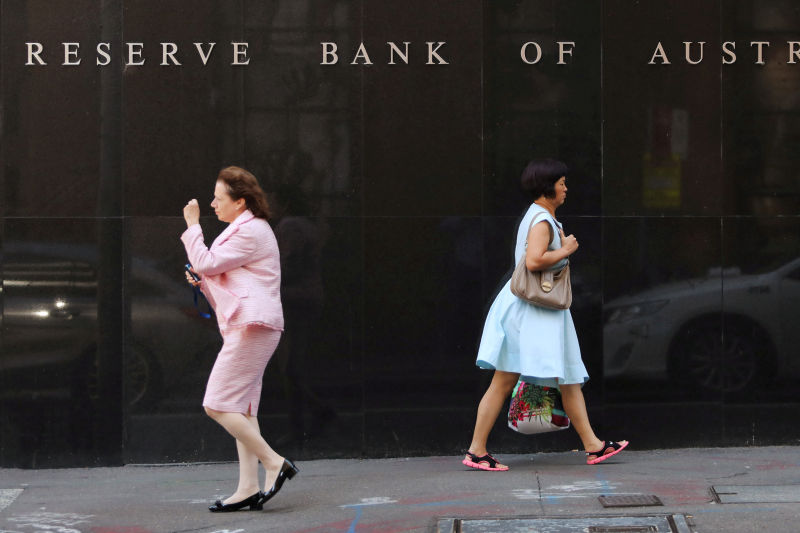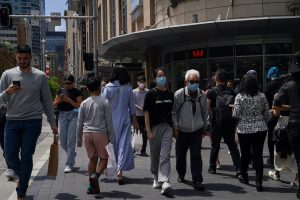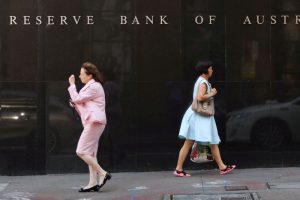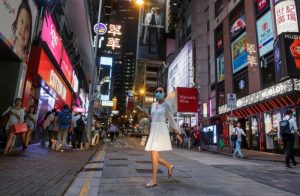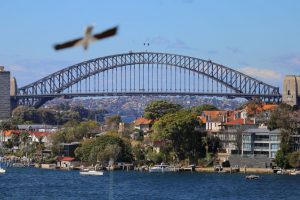Australian employment surged in February as the economy recovered surprisingly quickly from an Omicron outbreak, driving the jobless rate down to lows not seen since 2008 and piling on pressure for an early rise in interest rates.
Figures from the Australian Bureau of Statistics on Thursday showed employment jumped by 77,400 in February from a month earlier, double forecasts of a 37,000 gain, while full-time jobs climbed 121,900.
Hours worked rebounded by a sharp 8.9% as the drag from the Omicron wave faded, underpinning growth in the broader economy. The unemployment rate fell to 4.0%, from 4.2%, a major milestone given the last time it was lower was in the early 1970s.
The upbeat data saw the local dollar pop up to $0.7320 as markets narrowed the odds on a rate rise from the Reserve Bank of Australia (RBA) by June, if not even sooner.
The central bank has long aimed to drive unemployment under 4% in the hope of reviving wage growth after years of miserly gains. With that goal now so near, it is only a matter of time before rates will have to rise from record lows of 0.1%.
“The RBA had expected it to take until the middle of this year for the unemployment rate to reach 4%,” said Ben Udy, an economist at Capital Economics.
Annual wage growth is currently at 2.3% and short of the 3%-plus desired by the RBA, so policy makers have been willing to keep rates low even as core inflation accelerated to an eight-year peak of 2.6%.
Minutes of the RBA’s March board meeting showed its liaison with companies suggested they were still keeping pay awards in a range of 2-3%, but that risks were skewed to the upside due to a lack of suitable labour and rising production costs.
As a result, RBA governor Philip Lowe said it was plausible that interest rates would need to rise later this year, which would be the first hike since 2010.
Investors have been wagering on a move by June given expectations inflation will spike further this quarter on high commodity prices and global supply constraints.
Markets have already priced in at least five increases from the RBA this year, with futures implying a rate of 1.25-1.5% by December.
- Reuters, with additional editing by George Russell
READ MORE:
Australia Plans $360m Critical Minerals Funding to Offset China
Australia’s CSL Fights US Blood Plasma Ban – The Age
Australia Sees Strongest Yearly Growth in Home Prices – SMH




